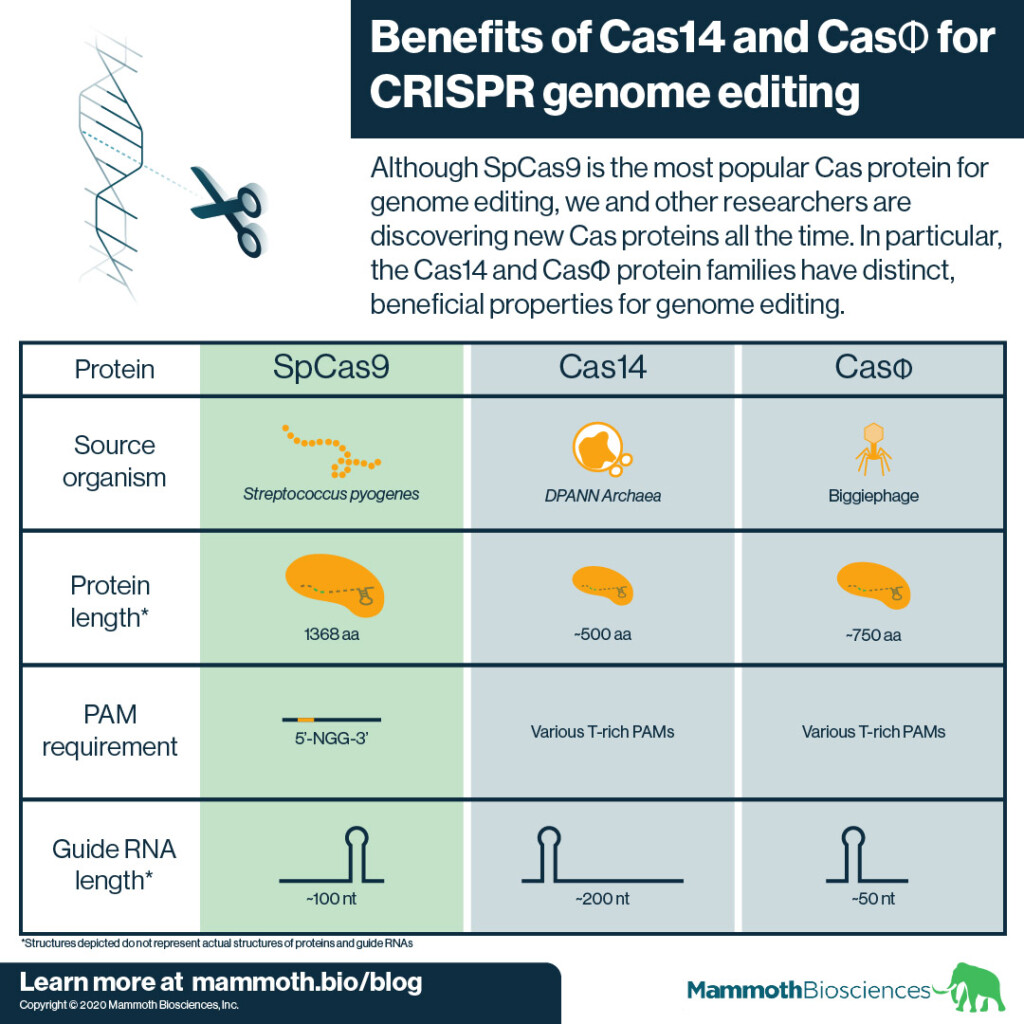Dual practice refers to physicians concurrent activity, public and private. The conflicts of incentives arise and some regulatory mechanisms are needed.
The regulatory mechanisms that have been employed across countries can be divided into three categories: those that advocate for total banning of DP, those that allow it with restrictions and those that allow it without restriction. Countries that attempted total banning of dual practice, as in Portugal and Greece, could not easily stamp it out. DP continued to exist on a wide scale in Portugal until the ban was lifted in 1993 (Oliveira and Pinto, 2005). Similarly, the ban in Greece from 1983 to 2002 did not prevent public doctors from practising privately (Mossialos et al., 2005). Efforts to ban dual practice failed because of lack of capacity to enforce it. The resources needed to enforce it may not be commensurate with the benefits a country gets from banning it. Moreover, banning dual practice has in some countries been associated with the migration of health workers, especially specialists, from the public to the private sector as well as an international brain drain (Buchan and Sochalski, 2004; Mossialos et al., 2005). In LMIC settings where health workers are underpaid and members of the general population are willing to pay for more convenient and possibly better services, this option might not be viewed as legitimate or even feasible.
The second category is allowing dual practice with restrictions. This was the most frequent approach used by countries. Financial and licensure restrictions as well as promotional incentives were employed. Financial restrictions included limiting private sector earnings, providing incentives to limit private sector activities, salary increases for public sector workers and performance-based payments. All financial restrictions intrinsically require well-established and adequate health financing systems to fund and monitor public and private sector activity. A combination of tax-based public financing, mandatory health insurance and private insurance might be necessary to counter the financial resource demands of this approach, while supervision, monitoring systems and transparent bureaucracies would be necessary to ensure that private sector activities and earnings are indeed limited and payments are matched by performance.
Allowing DP without restrictions was noted in countries like Indonesia and Egypt, where DP is routine and accepted. An interesting point to note is that in both countries, the productivity of physicians far exceeded the capacity of the public sector to employ them. Because of the low salaries offered in the public sector, physicians are allowed to supplement their incomes with private sector earnings. This approach is unlikely to be feasible in countries with health worker shortages. Considering the three options of total ban, allowing dual practice with restrictions and allowing it without restrictions, the most feasible for the LMICs is allowing it with restrictions. With health workers who are underpaid, in short supply and working in areas with a high burden of disease, they will scarcely be able to satisfy the demands of the public or the private sector alone.





